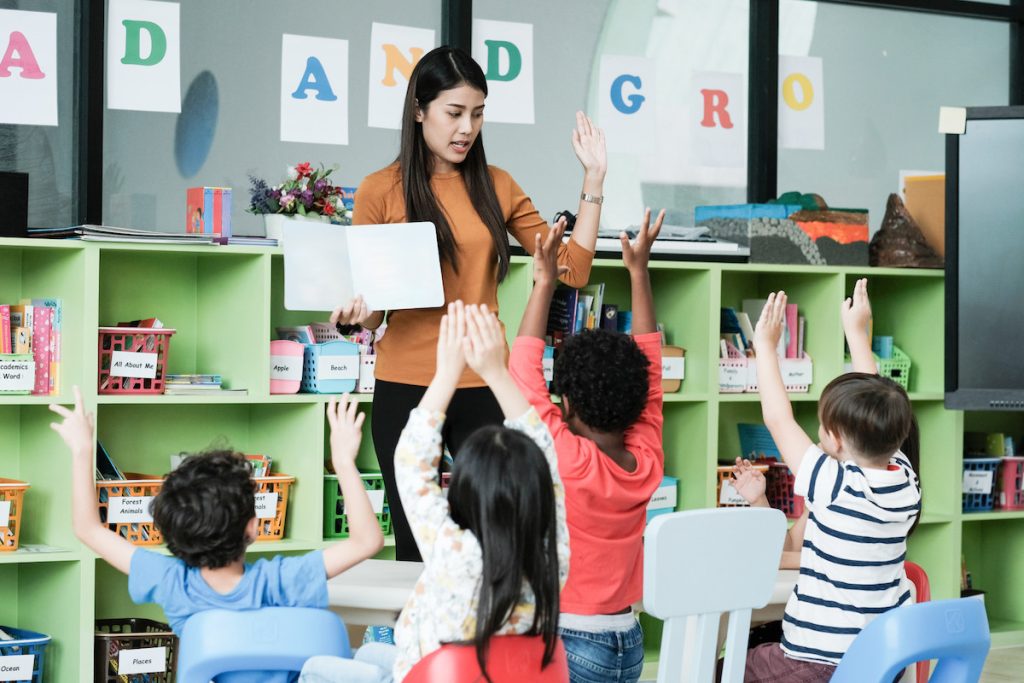Does your preschooler get bored and fidgety during class? Are you having a hard time keeping their attention?
Not all young students learn in the same way. Some children take longer to learn and grasp concepts than others. To make your classroom more fun, engaging, and interactive!
Keep reading this guide to learn all about ways to help visually-stimulated kids enjoy learning! There’s no better way to help children excel in school than with interactive learning.
Multi-Sensory Experiences
Interactive learning allows students to engage in a multi-sensory experience. This is when they’re able to learn actively through the following:
- Listening
- Speaking
- Touching
- Seeing
Providing this collection of baby toys allows them to engage more deeply. Interactive learning also helps young students build confidence. They can practice, make mistakes, and learn from them.
Personalized Learning
Learning games are the best way to get young students interested, especially when it comes to individualized learning. It lets kids improve their skills while learning about things they’re interested in. Students can take charge of their learning by actively seeking out information or by making changes to their coursework to fit the way they learn best.
This way of learning helps students learn more quickly and better. Interactive learning makes students more interested in the subject because they can connect more easily with tasks that make them think and stimulate them. It’s also a fun and encouraging way to get kids to do something.
Collaboration and Social Interaction
It provides an environment that encourages young students to work in groups, to think about their ideas, and to give and receive feedback from peers. Students can explore new topics and find different ways of expressing their ideas.
When students are working with peers, they can offer feedback. It can have a greater influence on the group’s direction, which can help to create a more collaborative learning environment. This kind of learning can:
- Encourage open dialogue
- Builds teamwork
- Enhance problem-solving skills
- Enhance communication skills
Increased Motivation and Enjoyment
By actively engaging them and introducing topics in an exciting and stimulating way, students are more likely to stay engaged and retain information. Opportunities such as discussions can all be used to break up lectures and engage the students.
Allowing students to create their own projects and content can help hone their knowledge. Interactive learning strategies can also help to foster critical thinking, which is essential to the development of any student.
Improve Your Young Student’s Interactive Learning Today
Interactive learning is an effective means to keep young students engaged, interested, and motivated to learn. This style of learning allows students to explore topics and ideas in a dynamic and meaningful way.
Educators should encourage interactive learning and incorporate it into their curriculum. Try it out today and see the remarkable difference it can make in the classroom!
Did you find this article helpful? Check out the rest of our blogs!

